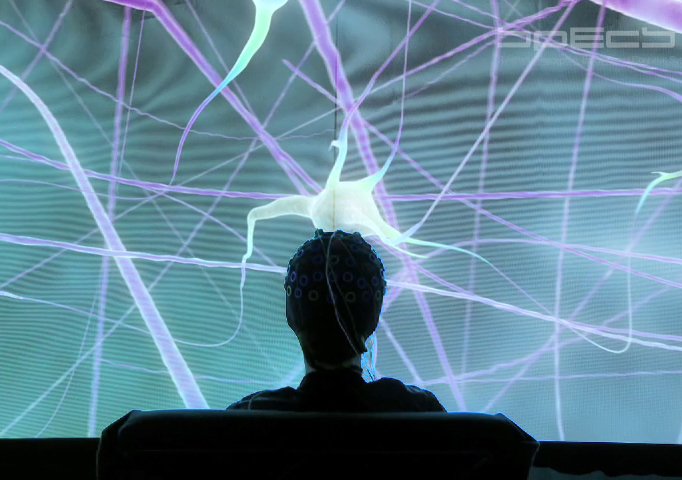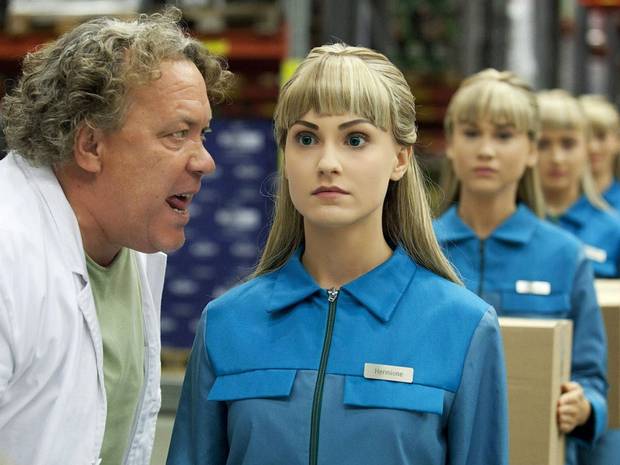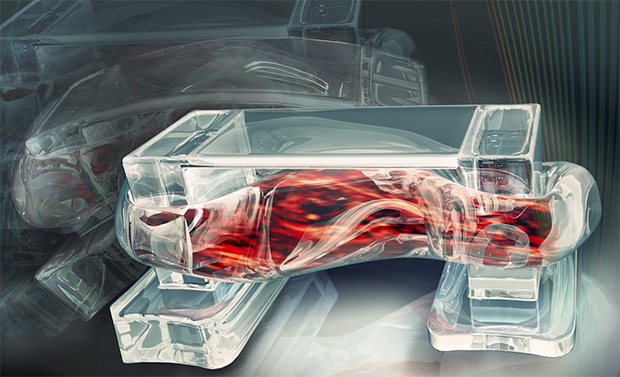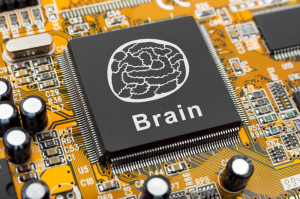The 5th International Conference on Biomimetic and Biohybrid Systems will be held this year in beautiful Edinburgh, Scotland,18 -22 July. The three-day event, organised by the Convergent Science Network, will be hosted at a fantastic venue consistent with the spirit of the conference, the Dynamic Earth: a 5 stars visitor experience with incredible interactive technology to learn about natural events and much more….
Category Archives: Biomimetics
An ecology of robots built using principles of biomimetics
More then ever scientists are using a nature-inspired approach to build biomimimetic robots. Developed after through investigation of biological systems, these robots are a wonder of engineering and artificial intelligence research.
Living Machines 2015
Article by Michael Szollosy
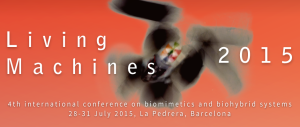 Just last week, La Pedrera, Barcelona, has hosted the Living Machines 2015, the 4th International conference on biomimetics and biohybrid systems.
Just last week, La Pedrera, Barcelona, has hosted the Living Machines 2015, the 4th International conference on biomimetics and biohybrid systems.
This cuttlefish robot is actually better than cuttlefish
A new marine robot, called Sepios, has recently joined the ever-growing robotic animal kingdom. Built by a group of students from Switzerland’s ETH Zurich, this biomimetic robot was inspired by yet another marine creature, namely a cuttlefish. The interesting thing is that Sepios can actually do better than the creature that inspired it.
Wearable robots will take the burden from workers’ shoulders
Everybody has been in a situation when we wish we had stronger arms or, even better, an extra pair of them. Whether it is attaching something large overhead or manipulating something heavy, we all know we are bound to run into the limitations of our own anatomical design. In some professions, such as construction work, these difficulties can surface practically every day. To make physical drudgery less stressful and traumatic, researchers around the globe are now developing a new kind of robots that will be worn on the body just like your regular backpack.
Don’t be afraid of big data
European Commission bets on data-driven economy
Information can be scary, and even more so when we find ourselves humbled by its immensity. In a press release issued earlier this week, the European Commission has once again demonstrated that it is not afraid of big data. Quite the opposite, Europe is more than ever ready to embrace it – a gesture, which is reflected in Europe’s strong bet on research projects like CEEDs, which uses big data to enhance human cognition and improve problem solving.
Human or machine?
Should we make robots more human-like? A hit Swedish TV show has a say
Although we may be decades away from building truly life-like humanoid robots, it is never too early to start questioning the legal and ethical implications of creating machines that are hard to tell apart from ourselves. In a brave leap of imagination, Real Humans, a popular Swedish TV show, written by Lars Lundstroem, deliberately blurs the line between humans and robots to explore what it means to be human.
Human Brain Project under attack
Last week, the eyes of the scientific community were fixed on the € 1.2 billion Human Brain Project (HBP) as more than 150 European neuroscientists raised concerns over the project’s management in an open letter to the European Commission.
One of the two Europe’s Flagship Initiatives, the HBP spans 112 research institutions across 24 countries and was launched last year with the grand vision of creating a long-needed ICT infrastructure for future brain research. Not without controversy, the project adopted a bottom-up approach to build a computer simulation of the brain based exclusively on the fundamental understanding of neurons and their interactions.
Robots get muscular
A new breed of muscle-powered robots can walk on command
Robots can be very strong, fast and enduring. However, unlike in animals, none of this strength comes from muscle, instead robots mainly rely on electrical motors and other hard and generally inflexible parts. But with all the advantages that conventional robot hardware can deliver, it still does not match the ability of muscle-powered animals to provide an accurate response to different physical environments. To address this downside of robotics, a group of researchers, led by Professor Rashid Bashir, at the University of Illinois at Urbana-Campaign developed tiny walking bio-robots powered by engineered muscle tissue.
Telluride neuromorphic engineering workshop celebrates 20 years
Every year, Telluride, a small mountain town in Colorado, attracts an international roster of scientists from several disciplines for three weeks of intensive discussion and exchange of ideas about neuromorphic engineering, a rapidly expanding research field that promises to bridge the gap between the lifeless silicon of computer chips and the very much lively brain-based biological systems. This year is not an exception: the Telluride workshop is now in full swing and will continue until July 19.





